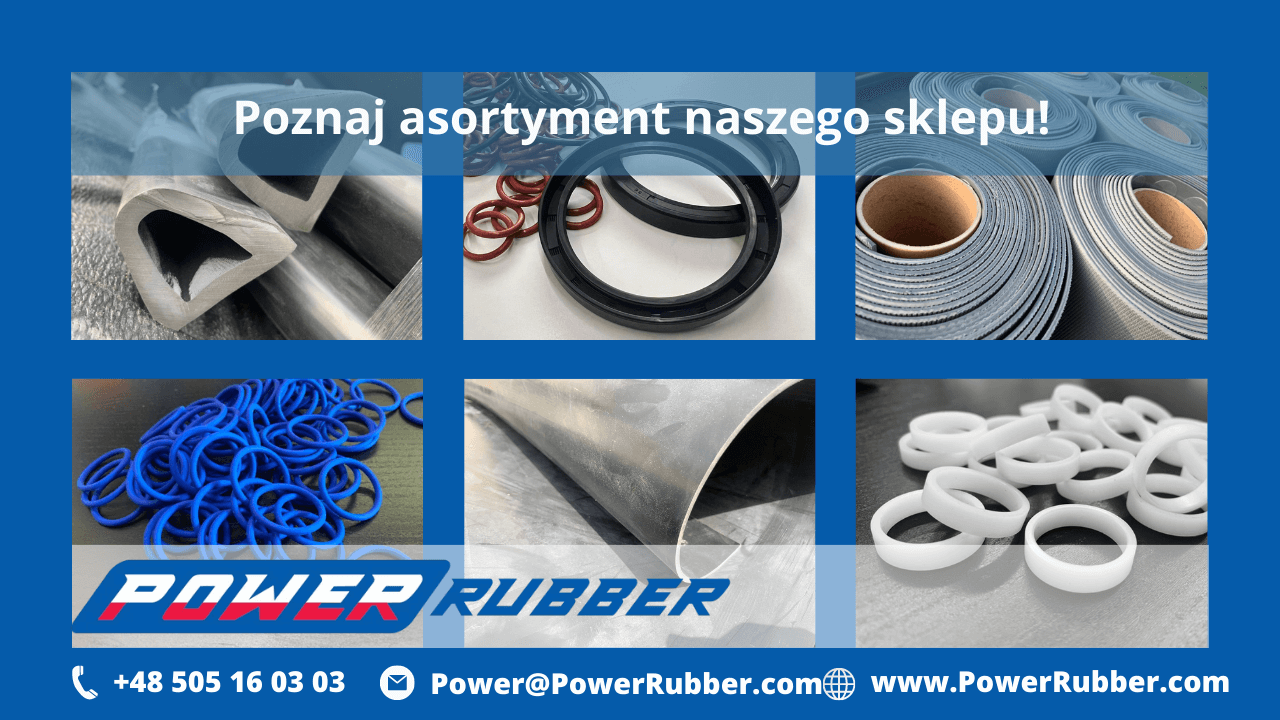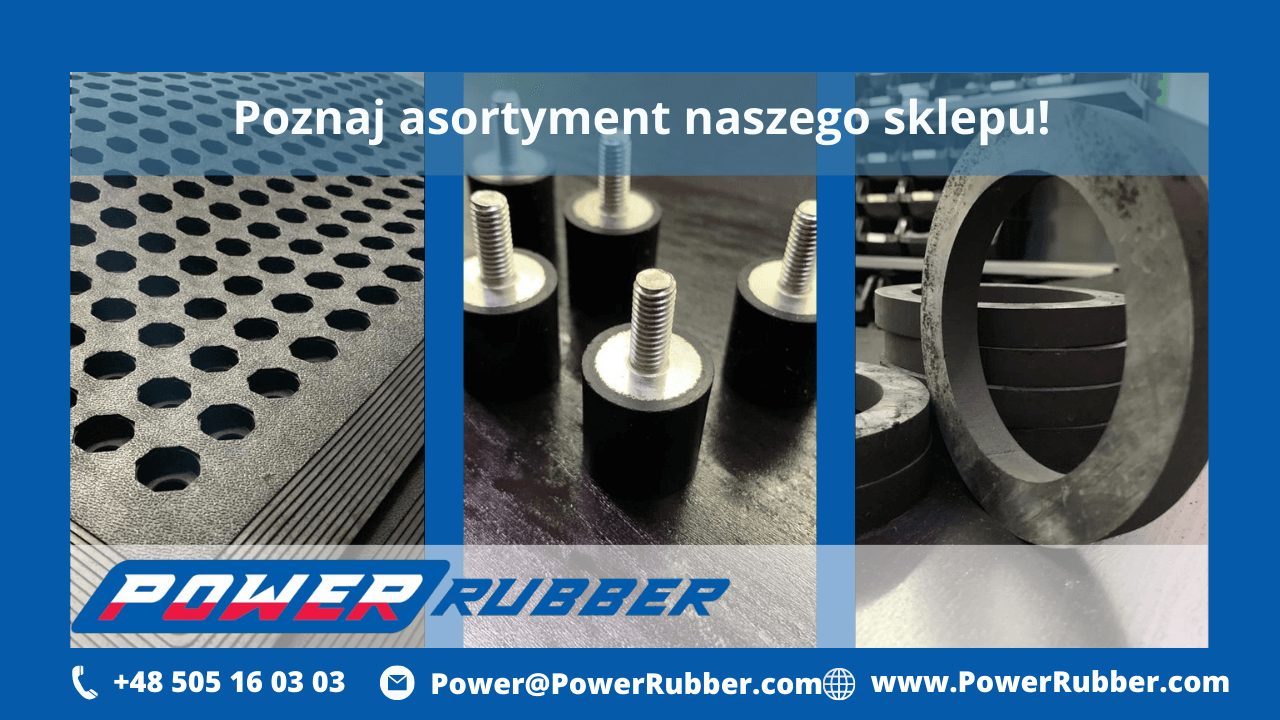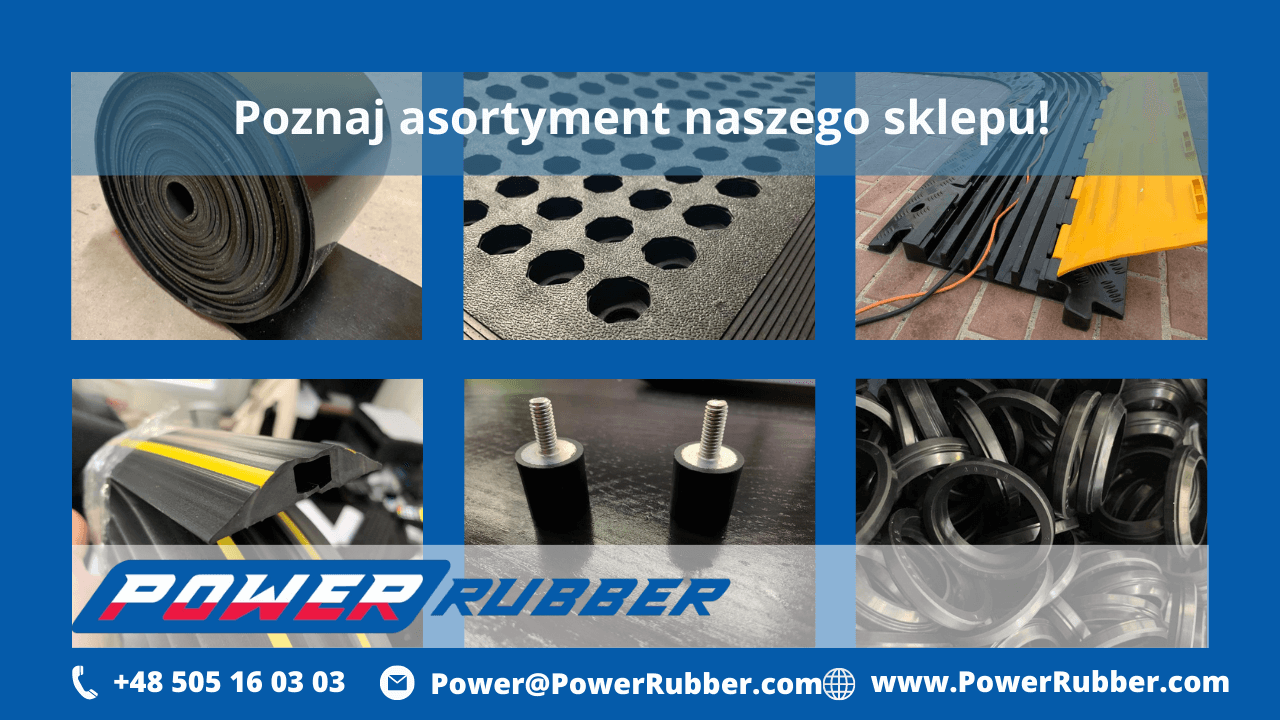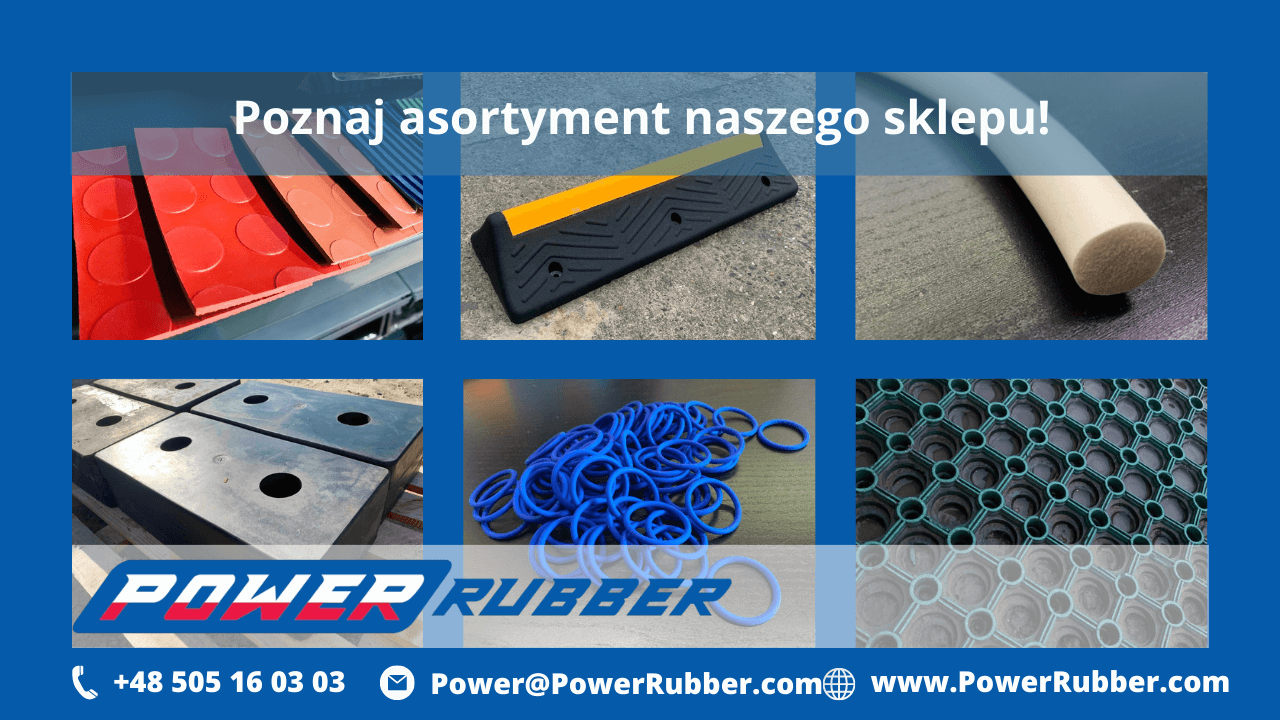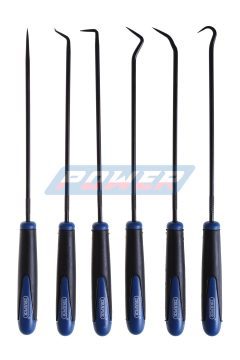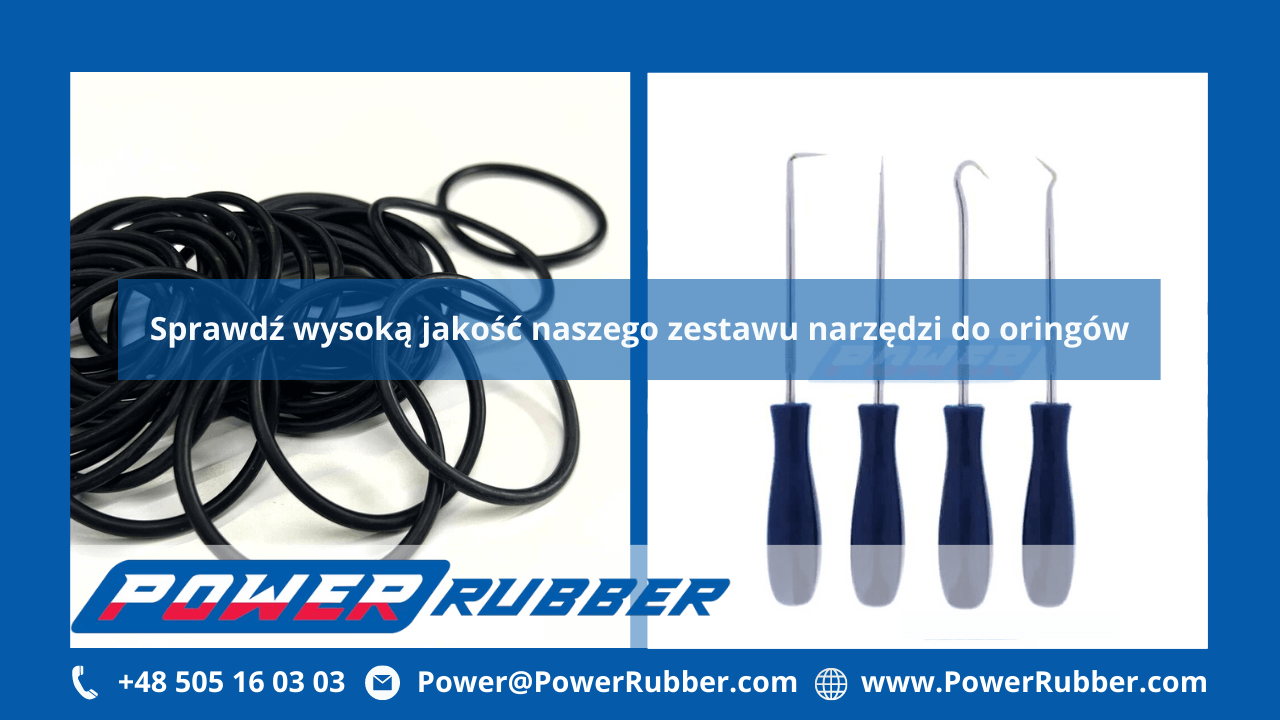How to Install O-Rings Correctly? Step-by-Step Guide and Safety Tips
Why proper installation of rubber O-rings is essential
In our previous guides, we discussed two common ways to protect rubber O-rings: silicone grease and technical petroleum jelly. Both methods have their advantages. But why is O-ring protection so important? The answer lies in prevention. O-rings improve the performance and durability of machine components. Since many devices have complex structures, maintaining each part—including the sealing rings—is critical for their lifespan.
However, the ring-shaped design of an O-ring may pose installation challenges. So how do you install an O-ring properly to ensure it does its job? Here’s a detailed, SEO-friendly guide.
What is an O-ring?
An O-ring is a circular cross-section sealing element made from elastomer. It provides excellent flexibility and tight sealing for both static and dynamic applications. Installed in a groove and compressed during assembly, O-rings are used in multiple industries: automotive, aerospace, medical, hydraulic, food processing, and more.
You’ll find them in valves, pumps, engines, shafts, air conditioning systems, and pipe joints. The material selection is crucial and should be matched to the operating environment.
How to install O-rings – Practical tips
Step 1: Choose the right size and material
Refer to a technical sealing catalogue to select the correct size. A ring that's too small may break; too large won’t seal effectively. Choose the material based on chemical and temperature resistance required in your application.
Step 2: Clean all contact surfaces
Remove any debris, chips or dust. Cover sharp edges that may damage the O-ring during assembly—especially around threads, grooves and housings.
Step 3: Stretch evenly
O-rings are flexible but should not be overstretched. Use even pressure and avoid excessive force.
Step 4: Apply lubricant
Use compatible grease or silicone lubricant to coat the O-ring and groove. This improves fit, performance and sealing durability.
Step 5: Chamfer the groove
Ensure mounting grooves are properly chamfered to protect the ring during installation.
Step 6: Use O-ring installation tools (picks)
We recommend using O-ring pick tools, such as those available in the POWER RUBBER tooling set. The set includes straight and angled picks, perfect for installing and adjusting O-rings in hard-to-reach places. Made from hardened steel, these tools resist cracking and are suitable for O-rings, shaft seals and rubber cords.
Types of rubber O-rings and their properties
NBR O-rings
Made from nitrile rubber, resistant to mineral oils and vegetable-based lubricants. Operating range: -30°C to +90°C.
FKM O-rings
Fluorocarbon rubber O-rings resistant to high temperatures (up to +210°C), fuels and synthetic hydraulic fluids.
EPDM O-rings
Best suited for exposure to weather, steam and UV radiation.
VMQ silicone O-rings
Perfect for food-grade applications, thanks to their chemical stability and flexibility.
Common O-ring installation mistakes
-
Wrong size selection
-
Incompatible material (e.g. PTFE in unsuitable environments)
-
Overstretching during installation
-
No lubrication of the groove
-
Damaging the O-ring with sharp edges
-
Twisting or misalignment in the groove
-
Improper removal of previous seals
Need support? Contact our technical team or visit our website for more information on our range of O-rings and installation tools.
